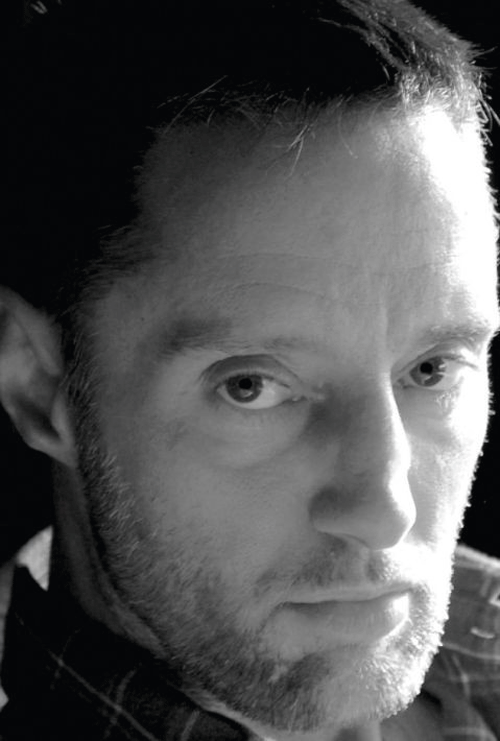My Way: Ian Ward Garlant gives his tips for success in the workplace
'I knocked on the door and asked for a job'

Your support helps us to tell the story
From reproductive rights to climate change to Big Tech, The Independent is on the ground when the story is developing. Whether it's investigating the financials of Elon Musk's pro-Trump PAC or producing our latest documentary, 'The A Word', which shines a light on the American women fighting for reproductive rights, we know how important it is to parse out the facts from the messaging.
At such a critical moment in US history, we need reporters on the ground. Your donation allows us to keep sending journalists to speak to both sides of the story.
The Independent is trusted by Americans across the entire political spectrum. And unlike many other quality news outlets, we choose not to lock Americans out of our reporting and analysis with paywalls. We believe quality journalism should be available to everyone, paid for by those who can afford it.
Your support makes all the difference.Ian Ward Garlant is the creative director of Hardy Amies, the British couture house
As a child, what did you want to be when you grew up?
An artist. I used to draw on everything, whether paper or walls. I was pretty obsessive and I never used to colour anything in because I didn't want to put the pen down and pick up another one!
What did you realistically think you'd end up doing?
I was always told I would never make a living as an artist, and I believed it. But then a girlfriend of the pottery teacher at Marlborough College, where I was a pupil, told me about Kingston University. I did a foundation course there and discovered design.
How did you meet Sir Hardy Amies?
A fellow student did a work placement at Hardy Amies and she said to me, "Get over there, you'll love it and they will love you". So I knocked on the door and asked for a holiday job. After my BA in fashion design I was recruited by a studio in New York, and Hardy encouraged me to take it.
What was the best part about the New York job?
Being outside the environment I'd grown up in, which was English Establishment. In New York I didn't know anyone, or anything, come to that. It was also good professional experience. The studio had a contract with Sears, Roebuck so I was working at the mass-market level, and the sheer scale of it was amazing. Nevertheless, I decided that this was not really my area, came back to the UK and joined Hardy.
How did you work your way up?
I went from being studio assistant to being Hardy's personal assistant, then menswear designer. I also worked for Aquascutum for a year, and then I was invited back to Hardy Amies to be the house's creative director.
Do you consider yourself to be successful?
I'm very good at what I do, and, after 20 years, quite frankly I should be.
Any regrets?
That my artistic work wasn't given more encouragement. I was made to feel that it was of no use in my life. Today, there's more awareness that art and design are career options.
Any interview tips?
This is a creative business so it's very person centred. At an interview, I want to know why the person is sitting there, aside from wanting to pay their mortgage – what makes them get up in the morning, what makes it all worthwhile.
And what are your tips for getting on at work?
I don't pay great attention to the politics of a place. My relationship is with whoever I am answerable to, and that is preferably the person at the top. Even at school I would deal directly with the housemaster.
Because you're very confident?
Because I'm very direct. If I need permission to do something, or to explain something, I go straight to the source.
What motivates you?
The product, whether it is a show or a garment or an accessory.
Who are your heroes?
Hardy Amies, and Carmen Dell'orefice, one of the world's first supermodels. She was discovered in the 1940s and is still modelling today, at 76. She is unspoilt and uncynical, whereas I'm cynical to the core.
Caitlin Davies's novel, Black Mulberries (Simon & Schuster, £6.99), is out now
Join our commenting forum
Join thought-provoking conversations, follow other Independent readers and see their replies
Comments